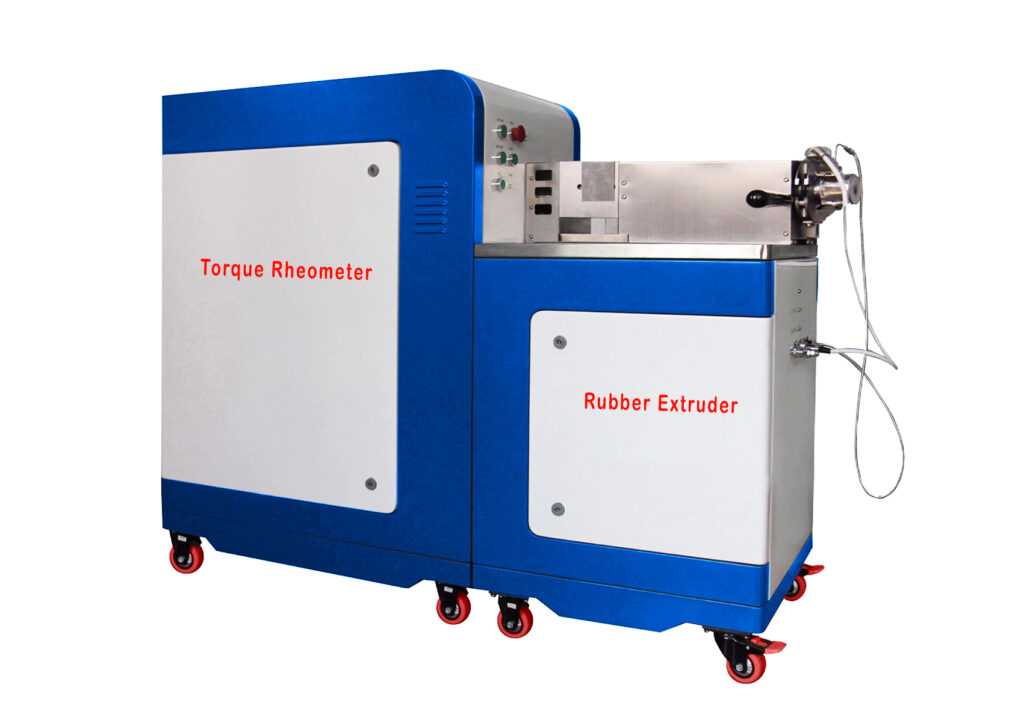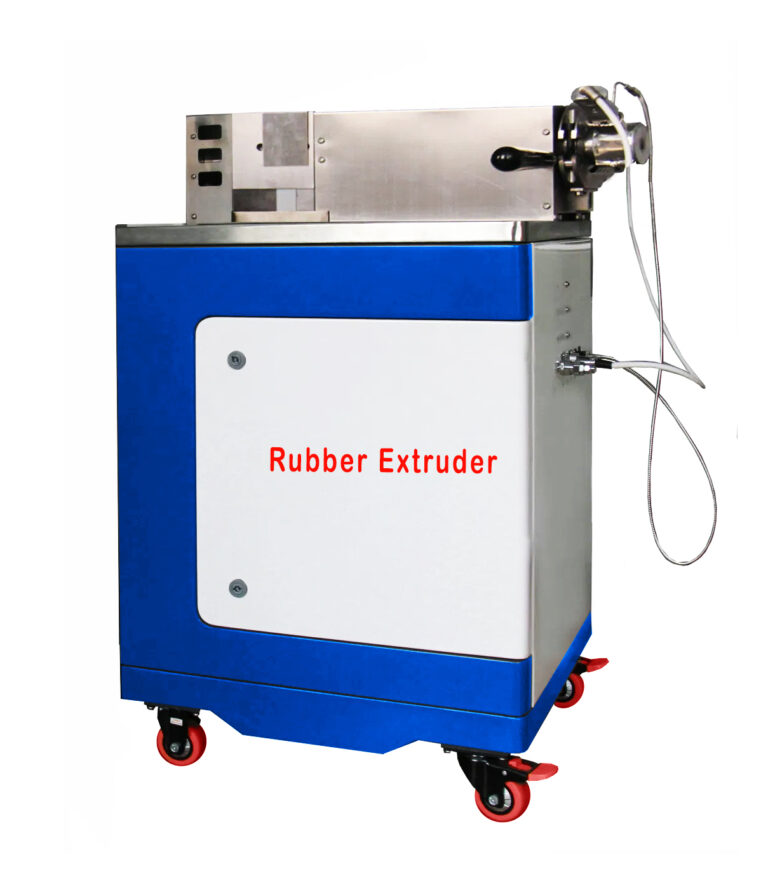
-150x150.jpg)
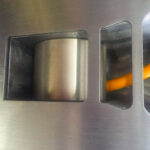
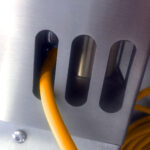
Lab Rubber Extruder of Torque Rheometer
To replicate rubber material extrusion experiments in a laboratory setting, employ this compact laboratory extruder and a measurement and control host equipped with the Garvey Die and Column Die. This approach is the perfect way to evaluate the polymer properties of rubber materials highly effectively.
Model: RTRE-30
Customizable: logo, color, OEM, ODM, OBM
Screw diameter: 30mm
Scew speed: 150r/min (adjustable)
Pressure range: 0~100Mpa
Warranty: 2 years
Description
A wide range of raw materials that are commonly used in industries can be extruded, and this includes both natural and synthetic rubber.
How Does Rubber Extrusion Work?
The rubber extrusion process is initiated by feeding a rubber compound into an extruder. This is done by placing the material in a feed hopper, which then feeds the material into various flutes on a rotating screw. As the screw advances, the rubber is pushed towards the die, increasing pressure and temperature.
As the material approaches the die, the pressure builds up and forces the material through the openings. Depending on the compound and hardness of the material, the rubber will expand to varying degrees. Because of the desire for growth, several extruded components demand positive or negative tolerances on their cross sections. The rubber will shrink or expand in its cross-section and length during vulcanization, depending on the compound used.
Following vulcanization, the rubber extrusion length will significantly reduce dimension in the center than in the ends.
Screw Diameter | 30mm |
Screw compression | 3:1 |
Screw L:D | 12 :1 |
Screw speed | 150r/min |
|
|
|
|
Heating Zones | 3 Zones, electrical heating |
Feeding speed | Manual adjustment |
|
|
Cooling | Air Compression |
Output | 1 -5 kg/ hour |
Pressure range | 0~100 Mpa |
Dies | Garvey Die(ASTMD 2330) |
| Column Die(Ф6,Ф4mm) |
Kinds Dies of Rubber Extruder Machine
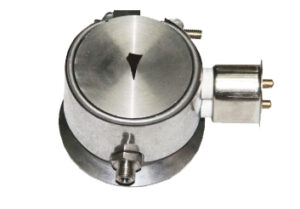
Garvey Die
Garvey die is the test method for determining rubber materials’ extrusion performance:
1. Evaluate extrudability: This involves identifying the extrudate surface finish, sharpness of corners and edge neatness, as well as the expansion rate and porosity.
2. Analyze extrusion index: In standard extrusion conditions, the aim is to determine the advantages and disadvantages of extrusion performance.
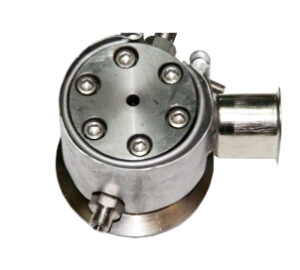
Column Die
Principle of rubber extrusion molding:
The rubber material is heated and turned into plastic in the extruder. Then, it undergoes intense shear between the screw and the barrel. And continuously transported forward through the rotation of the screw and then extruded through the extrusion die (also known as the mouth die) under a certain pressure to get the desired shape of the product.
The characteristics of rubber extrusion molding:
The rubber material is further mixed and plasticized through the rotation of the extruder screw, which ensures that the quality of the extruded semi-finished rubber material is more dense and uniform;

